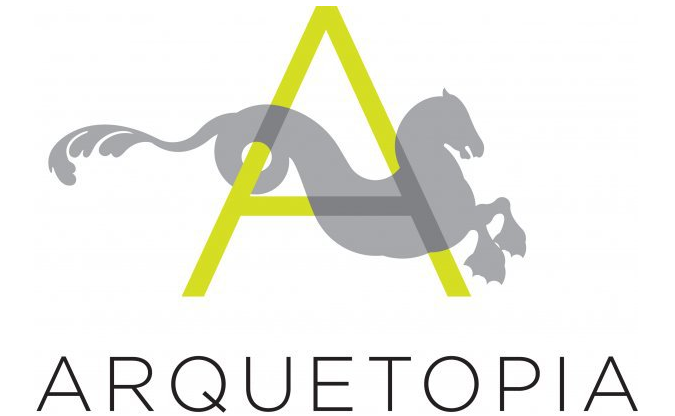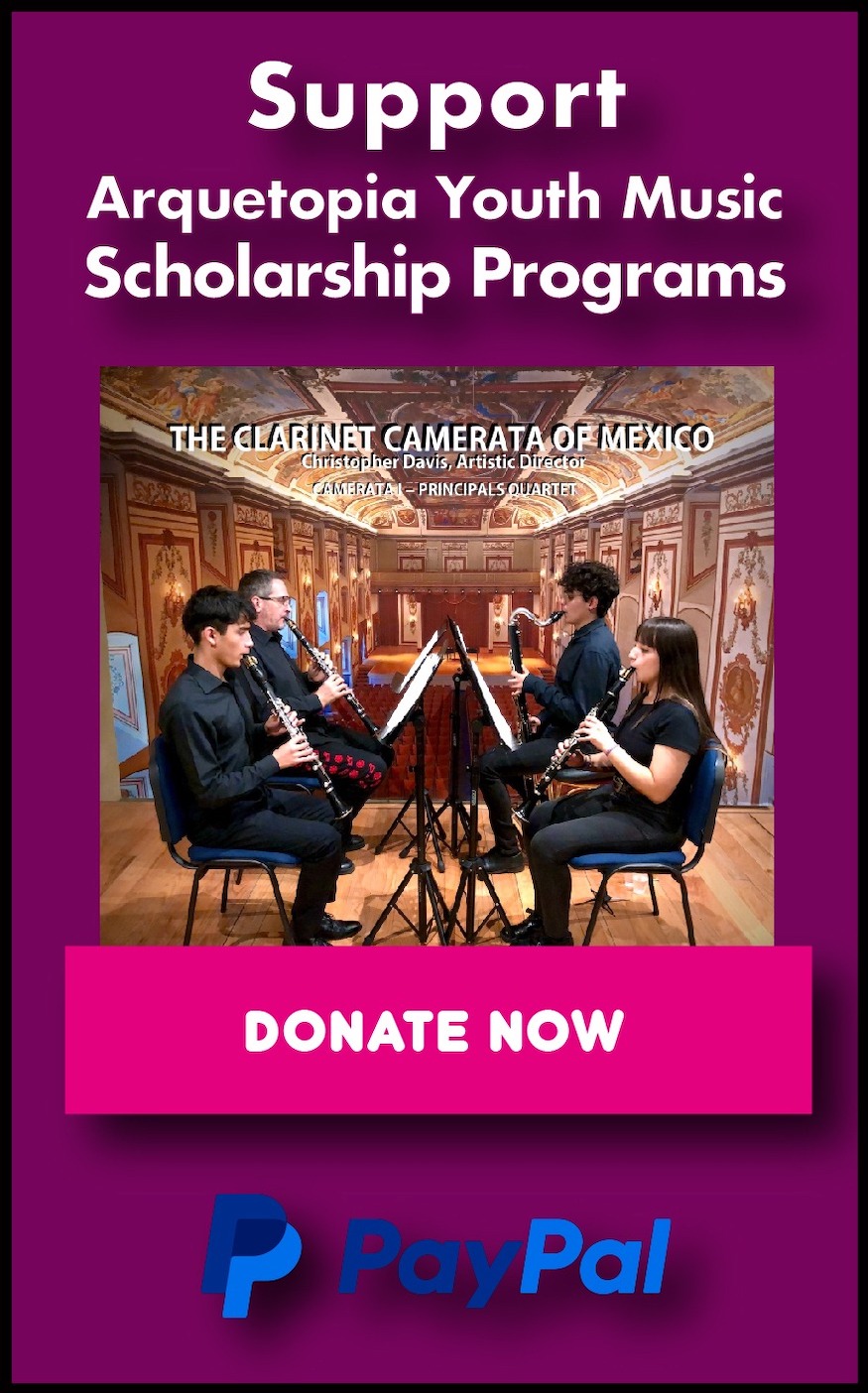Power and the Colors of the Americas:
Natural Pigments Instructional Program
Fiber Dyeing

Note: The specific focus of this instructional residency program, and the resources provided, are in fiber dyeing; the curriculum is not applicable to making inks or paints. For non-fiber-focused instruction that includes traditional organic primers (cactus and lime, rabbit glue, gelatin) stuccos, egg temperas and frescoes with mineral and natural pigments, as well as principles of Viceregal painting techniques, we offer the Organic Painting Instructional Program in Puebla.
This comprehensive, customized instructional program offers offers competitive professional opportunities for emerging and mid-career, national and international artists, designers, and photographers age 20 and over.
Amy Butler Greenfield, A perfect Red: Empire, Espionage, and the Quest for the Color of Desire
Color is imbued with symbolism and meaning; it holds both emotional and monetary value. In Mexico and Peru, color is deeply tied to political power and has a complex history intertwined with slavery, exploitation, trade, piracy, war, and international politics. Historical documentation of color’s use and its intricate production methods highlights its immense value in Mesoamerica and the Andes. After the Spanish conquest, color became a cornerstone of Spanish wealth extracted from the New World. Cochineal, a small domesticated insect that produces one of the world’s most vibrant red dyes, was so significant in international trade that it reached not only European markets but also the Near East, Africa, and China. Similarly, añil (indigo) dye became a powerful commercial force, deeply entangled with the transatlantic slave trade throughout the 17th century, as Europeans sought to obtain and exploit the qualities of this prized deep blue pigment.
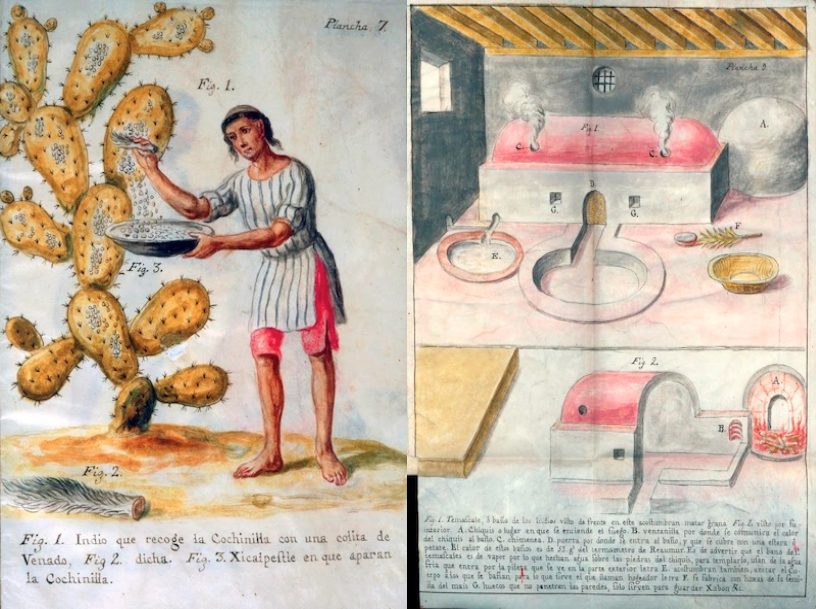 José Antonio de Alzate y Ramírez (1737-1799) - Newberry Library: Vault Ayer MS 1031
José Antonio de Alzate y Ramírez (1737-1799) - Newberry Library: Vault Ayer MS 1031"Indian Collecting Cochineal with a Deer Tail" and “Preparing the Cochineal for Dye” from Memoria sobre la naturaleza, cultivo, y beneficio de la grana (. . .). Colored pigment on vellum.
Dyeing is a complex and meticulous process—part cooking, part chemistry, but perhaps closest to alchemy. Historically, color experimentation began with plants and minerals, yet a bright red found in nature would not necessarily yield a bright red dye; instead, it might produce yellow or brown. Adding to this complexity, different dyeing processes can result in entirely distinct colors, depending on factors such as mordants. Because of this, dye sources and established recipes have been jealously guarded by communities, guilds, and individual dyers alike. Further complicating matters, the practice of natural dyeing has been significantly displaced by the introduction of industrial and synthetic dyes.
Power and the Colors of the Americas: Natural Pigments Instructional Program weaves together history, material culture, and artistic practice, fostering a deeper understanding of how natural dyes are embedded in broader social, ecological, and historical contexts. Through academic visits and direct engagement with the local context, residents connect the tactile experience of working with pigments to larger conceptual frameworks, recognizing the history and contemporary realities that shape color production in Oaxaca or Cusco.
2. The Practice of Unlearning
This program challenges artists to dismantle preconceived notions about color theory, materials, craftsmanship, and authorship by critically examining the colonial legacies embedded in natural dyes. By interrogating how these materials have been extracted, commodified, and recontextualized over time, residents engage in a process of unlearning—questioning dominant narratives and reorienting their practice toward a more conscious and nuanced relationship with pigments, textiles, and cultural heritage.
3. The Rhythm of Creating
In this program, rhythm becomes a space where artists question labor by using research and intuition, to challenge history and expand local knowledge. The hands-on exploration of cochineal, añil, pericón, and other dyes encourages residents to engage in a dynamic process where making, questioning, and discovering unfold in constant dialogue. This approach transforms artistic practice into a site of active inquiry, where intuition serves as a method for rethinking narratives, deepening material understanding, and forging new connections between past and present.
4. The Ethics of Movement
Color has always been in motion—through trade, migration, and transformation across time. This program emphasizes the ethics of movement by asking artists to consider the responsibility that comes with engaging with historically rich materials. Whether through the physical act of dyeing, the transmission of knowledge, or the cultural significance of pigments, participants are invited to reflect on how artistic practice can navigate difference, reciprocity, and responsibility. Additionally, the encounter with the viewer through the work becomes an ethical opportunity to engage with questions, prompting a deeper reflection on how artistic choices shape understanding, challenge narratives, and open spaces for dialogue. In this way, movement—of materials, ideas, and knowledges—remains a site of ethical engagement.
Artists-in-Residence and master instuctor in technique workshop
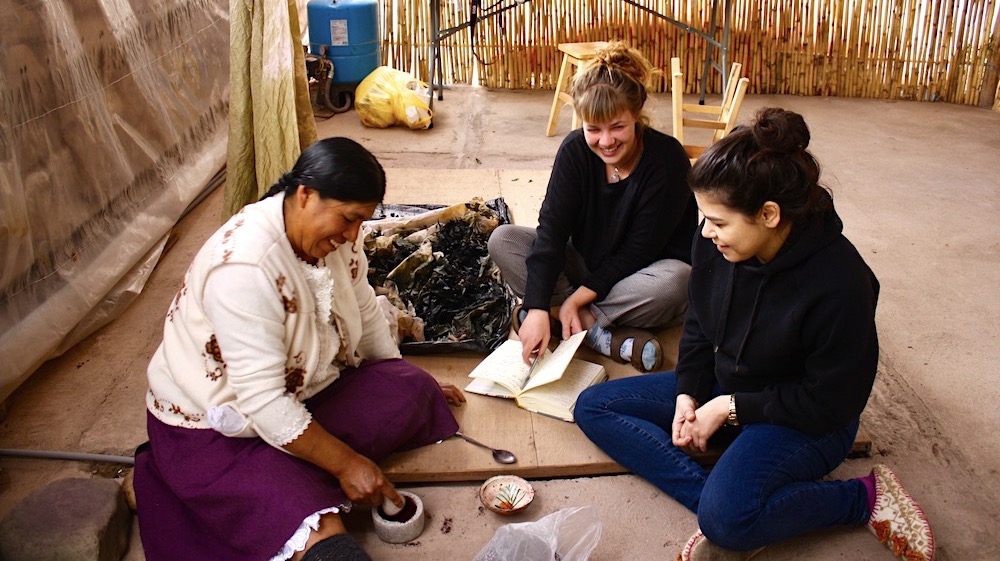
The Natural Pigments Instructional Program is a 3-week, mentored production program that includes 27 hours of master instruction in diverse dyeing techniques from Oaxaca, Mexico, or Cusco, Peru, depending on the supporting fiber—wool or cotton. Participants learn traditional preparations and recipes for natural dyes, mordants, and fixatives.
The program provides hands-on instruction with cochineal (ranging from red to purple), añil (blue), and pericón (yellow) from Mexico, as well as tara and blue collpa (blue) and Q'olle flowers (yellow) from Peru. Additional tree barks and fruit skins are incorporated to complete the color spectrum. This program offers a comprehensive learning experience in natural dye traditions, using ingredients specific to Oaxaca or Cusco, while also providing resources for a deeper understanding of the cultural and historical significance of color in Mexico and Peru. Instruction is in Spanish, but fluency is not required to successfully complete the course. Participants receive individual mentoring from our directorial and curatorial staff, offering personalized research assistance, project guidance, and critique. In addition to mentored instruction, participants also work independently in our studio spaces.
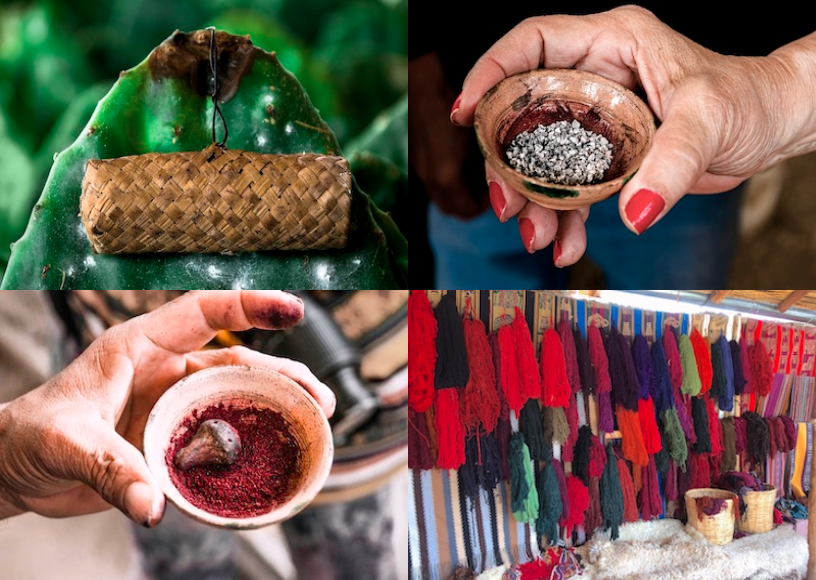
PROGRAM DURATION / TIME PERIOD
WHAT THIS COMPREHENSIVE INSTRUCTIONAL PROGRAM INCLUDES
- 27 hours master instruction and guidance, spaced at 9 hours per week
- A weekly meeting with our directorial and curatorial staff for personalized mentoring, research assistance, project guidance, and critique
- Furnished, private bedroom
- 24-hour access to the kitchen for participants to prepare their own meals; meals/food are the participant’s responsibility
- Wireless Internet
- Use of Arquetopia’s common spaces
- Shared, serviced (single) bathrooms with modern fixtures and showers
- Housekeeping
- Downtown arrival pickup and departure dropoff transportation provided
- Affordable, everyday public transportation is available from the program vicinity into the city. Participants receive an orientation regarding the local transportation system upon arrival
- 24-hour access to shared studio with natural light
- Personal workspace with a large table
- Some tools provided
- Materials and supplies for the instructional course provided
- Materials and supplies for additional project production not included but available for purchase locally
Accommodation and Airport Transportation (Cusco):
- Furnished, private bedroom
- 24-hour access to the kitchen for participants to prepare their own meals; meals/food are the participant’s responsibility
- Wireless Internet
- Use of Arquetopia’s common spaces
- Shared, serviced (single) bathrooms with modern fixtures and showers
- Housekeeping
- Arrival pickup and departure dropoff transportation provided at Cusco Airport
- Affordable, everyday public transportation is available from the program vicinity of Urubamba to the city of Cusco. Participants receive an orientation regarding the local transportation system upon arrival
- 24-hour access to shared studio with natural light
- Personal workspace with a large table
- Some tools provided
- Materials and supplies for the instructional course provided
- Materials and supplies for extended project production not included but available for purchase locally
PROGRAM TUITION INFO & APPLICATION DEADLINES
TO APPLY
